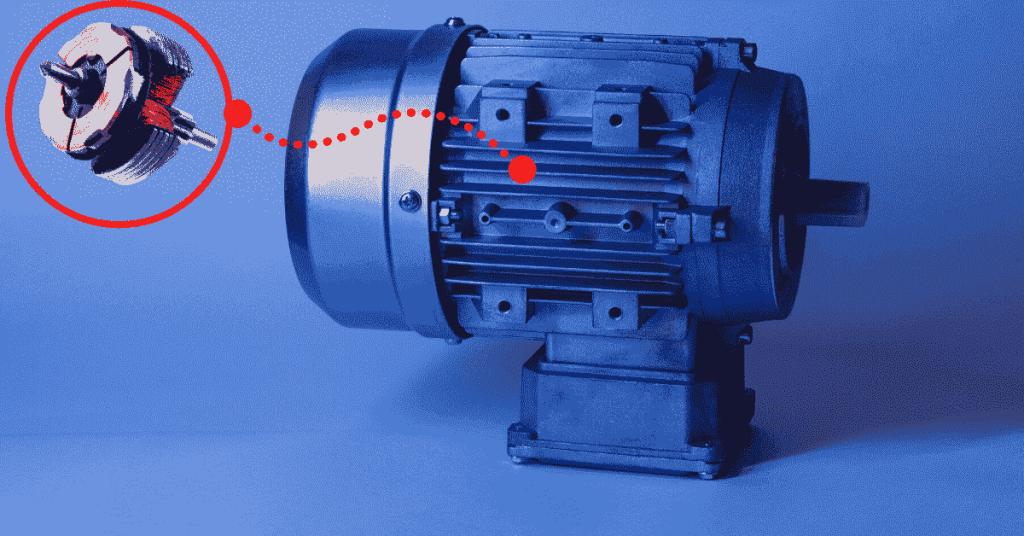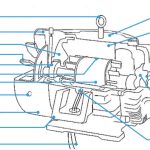Electrical motors today have become a crucial part of our modern world. Today, the study and advancement of these devices have diversified like never before, creating huge opportunities for aspiring engineers. Some expert reading about AC/DC motors is presented here through many linked articles.
Everything You Wanted Know About AC Induction Motors
Motors are devices able to convert electrical energy to mechanical energy. Our industries primarily rely heavily on these devices, especially the AC motors. In fact, AC motors were probably the main machines that brought about the industrial revolution, without which even the modern world would feel completely handicapped. The subject and the concept of AC motors is rather complex and definitely needs a thorough and a comprehensive study.
The following links take you through a systematic learning course, beginning with the entire classification of AC motors, and proceeds with an elaborate discourse regarding various parameters associated with AC induction motors.

What are AC Induction Motors?
Basically an induction motor, also referred to as asynchronous motor, is a kind of AC motor in which the rotor acquires the power through the process of magnetic induction without incorporating slip rings. The main application of this category of motors can be seen in industrial drive mechanisms due to their more versatile operating principles.
Looking at Synchronous Motors
Unlike induction motors where the toque is acquired through the interaction of the induced current in the rotor and the rotating magnetic field, in synchronous motors it is achieved through the rotating magnetic fields from the stator enforced over the rotor. This results in a steady rate of rotation, and hence the name. Fundamentally, synchronous motors employ three types of rotors: squirrel cage rotors, slip ring rotors, and solid core rotors.
What’s the Difference between Synchronous and Induction Motors
How Synchronous AC Motors Work
How to Start Synchronous Motors Smoothly Through Electronics
How Squirrel Cage Induction Motors Operate
Where is the Squirrel in the Motor?
How do Slip Ring Motors Function?
How do Slip Ring Motors Start?
Controlling Speed of Slip Ring Motors
How to Control Slip Ring Motor Speed
Other Forms of AC Motors
AC motors can be further classified into single phase motors, which may consist of magnetic repulsion motors widely used in locomotives, and other traction based engines. Our residential ceiling fans or the motors involving a capacitor start mechanism also come under AC motors.
How do Single Phase Motor Work?
How do Magnetic Repulsion Motors Work?
How do Universal Motors Work?
Controlling Speed in Universal Motors
How Capacitor Start Motors Work
How Shaded-Pole Single Phase Motors Work
Understanding AC Motor Speed Controllers and Conditioners
All mechanical devices must involve a control feature through which its force can be regulated as desired for the particular application. AC motors accommodate and incorporate this facility through various external electrical and electronic devices, especially designed for the purpose. Also since AC motor efficiency can be critical with the input frequency, they also require strict monitoring through respective devices.
Measuring Motor Speeds
The Effect of Frequency on AC Motors
How Variable Frequency Drive Units Work
How Dimmer Switches Work
How to Build a Dimmer Switch for controlling Ceiling Fans
DC Motors and Their Control Theory Explained
DC motors were once more popular than AC induction motors because of the ease with which their speed could be controlled. However, with the advent of modern electronics, AC motors today can be controlled as efficiently as their DC counterparts, making them the better favorites. Yet still, DC motors can be found applied widely in many different fields. Mainly DC motors are used for lighter applications, like in RC models, solar trackers, toys, computers hard drives, automotive actuators, CD/DVD player drives, etc.
Being smaller in size these motors have become the favorites with the hobbyists for making various robotic models. This has also led to the development of improved PWM controlled circuits for controlling these motors precisely as per the specs of the application.
Importantly DC motors are classified as brushed and brushless types, the latter being more efficient due to the involvement of a frictionless operating principle. A better view of these types of motors is explained through the following links along with a few interesting motor-control circuits that can be built at home:
How do DC Series Motors Work
How do Stepper Motors Work
How do Shunt-Wound DC Motors Work
Using electric Motors in Hybrid Vehicles
Simple DC Motor Control
An Oldie but a Goodie: GE Amplidyne Motor Generators
What is Back EMF in BLDC Motors?
How to Adjust Your PC Fan Speed
How to Make a DC Motor Speed Controller Using IC 556
How to Make a DC Motor Speed Controller Using Two 555 ICs
How to Control DC Motor Speed Using the IC L165
Two Large Generators

How Motors are Extensively Used for Generating Electricity
Very interestingly the definition of an electrical motor completely gets topsy turvy when these are employed or configured as electricity generators. The conversion of electrical energy into mechanical rotational energy through magnetic induction in the earlier mode now transforms and becomes responsible for generating electricity through the conversion of applied mechanical energy into electrical energy.
The device is popularly known as an alternator, since the generated electricity is in the form of AC or alternating current.


